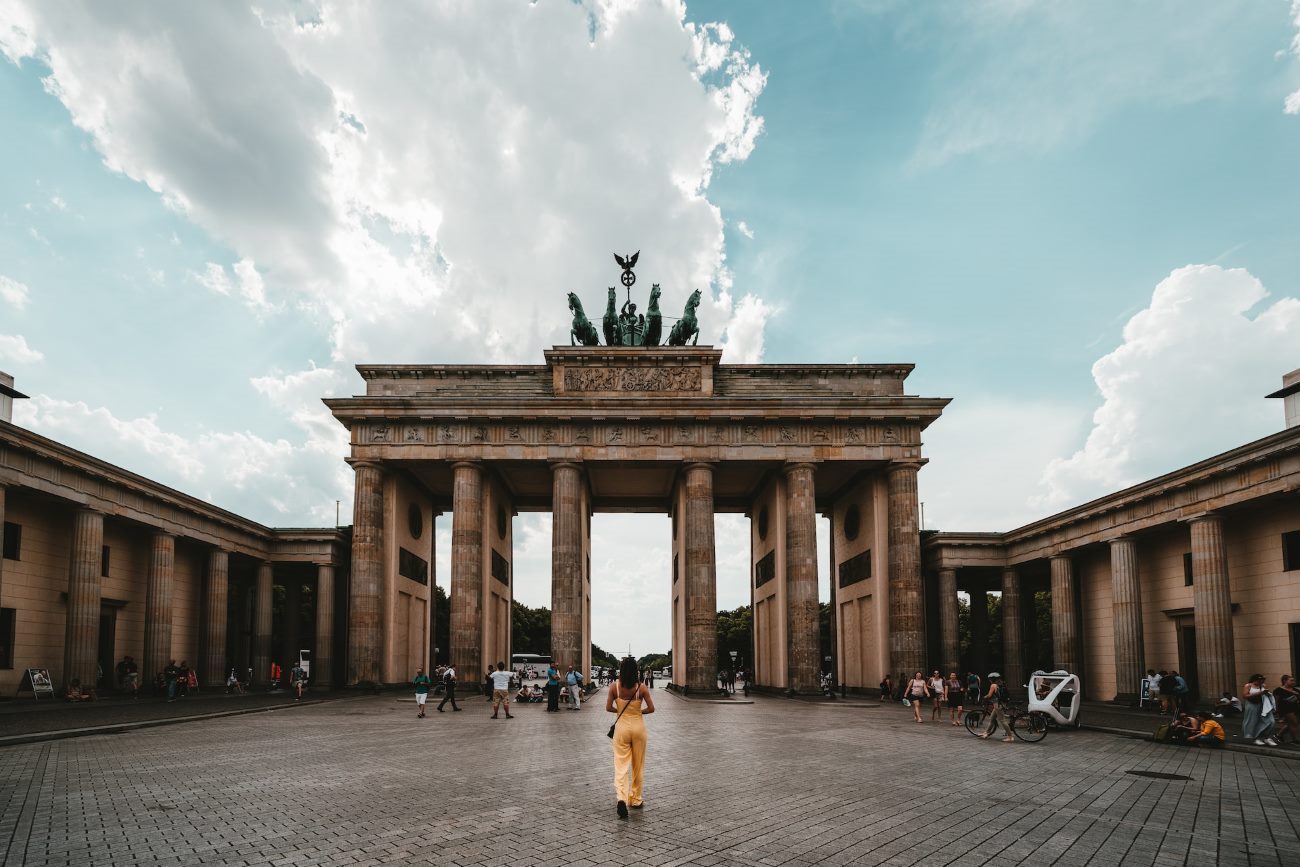How Much is a Tube Ticket in London?
The cost of a tube ticket at the London Underground System commonly known as the Tube remains a common question for visitors heading to this vibrant city. This guide explains what kind of tube tickets exist together with their rates and provides essential suggestions to enhance your journey while saving money.
1. Single Journey Tube Tickets
A single journey ticket provides the best cost-effectiveness for people traveling on the Tube a few times because it contains all the required information. A tube ticket’s overall cost derives from the number of travel zones you will pass through. The public transportation network in London follows zone system number 1 to 6 where zone 1 focuses on the central urban area of London. A travel payment through contactless easily reaches £2.40 in zone 1 before fares adjust. Customers who pay by cash will need to spend £4.90 for each journey.
2. Oyster Cards
People in London widely use Oyster cards as their preferred method to pay their underground transit costs. The smart card system allows you to pay travel fares at reduced rates compared to normal cash transactions using their rechargeable electronic payment feature. Using an Oyster card provides residents with the ability to transfer between zones effortlessly since they do not need to buy separate tickets for each route.
2.1 Standard Oyster Card
You must pay £5 to get a standard adult refundable Oyster card. Your Oyster card accepts credit payments which enable you to make tube fare transactions. Your daily Oyster card payment will not exceed a specified limit regardless of how many times you ride during that day. Travelers operating in zones 1-2 will only need to spend £6.40 in a day despite making multiple tube rides because the daily limit applies.
2.2 Visitor Oyster Card
Tourists together with short-term London visitors should consider the Visitor Oyster card as their best option. The Visitor Oyster serves tourists by providing further savings and perks for accessing attractions together with restaurants and stores. Purchase a Visitor Oyster card at an initial price of £5 and add funds to the card for tube transportation.
3. Travelcards
Public transport users who intend to use extensive travel in London should consider purchasing a Travelcard because it provides the best value for money. A Travelcard grants unrestricted Tube ride and bus and tram and chosen train access within defined zones for durations ranging from one day to one month.
3.1 Off-Peak and Peak Travelcards
Buyers can acquire Travelcards for both off-peak hours or peak hours of use. Travelers who possess Off-peak Travelcards can use them from 9:30 am onward during weekdays together with unimited use throughout weekends and all public holidays. Off-Peak Travelcards cost less than their daily peak Travelcard counterparts that cover entire daytime travelling hours.
4. Contactless Payment
Users who possess a contactless debit or credit card may pay their tube fares directly through this payment method. Your contactless payment automatically deducts the fare from your card without requiring a physical Oyster card while offering the Oyster card daily capping system. Make sure to consult your bank about how contactless payment abroad will affect your costs because additional foreign transaction fees and different charges might apply.
5. Tips for Cost-Effective Tube Travel
- Users can obtain reduced fares on transportation by using either Oyster cards or contactless payment instead of traditional cash transactions.
- Make strategic travel plans along with avoiding superfluous trips to benefit from the daily fare limit.
- London Oyster photocard holders under age 60 or at 60 or above get additional price reductions for their fares when using the system.
- Always use the contactless feature at your journey starting point as well as ending point so that proper fares are computed.
- The official TfL (Transport for London) application provides live information together with trip planning features and fare estimations.
- Travelers who go with groups should consider the Group Day Travelcard option because it offers better saving opportunities.
- Short distances between stations should be traversed by foot or bike instead of using tickets to save money.
Your knowledge regarding London tube ticket costs and types helps you choose appropriate options according to your travel requirements. Your trip through London will be smooth and enjoyable with any ticket choice from a single journey ticket through an Oyster card to a Travelcard since the London Underground delivers top-tier convenience and efficiency.
Table of Contents



